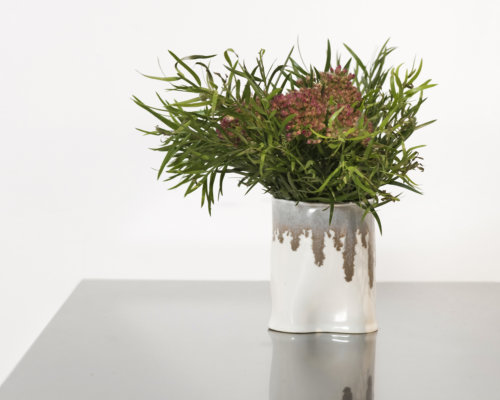Ask Ella: Stonecrop Flowers Aren’t Just For Gardens
Ask Ella is a recurring Garden Collage feature where we ask our in-house florist, Ella Stavonsky, about floral design– including the history of, origin, and maintenance that goes into some of the most intriguing flowers on the market today. This column is dedicated exclusively to common and rare varieties of flowers you’re likely to find at your local market. This week, we spotlight sedum– a filler succulent perfect for the cooler months.
***
For florists, sedum is relatively specific term, referring to a brushlike plant with branching stems and chubby leaves that is sometimes known as “stonecrop flower” or simply “stonecrop”. The tiny flowers grow in thick bunches, in a dense, blanket-like formation not unlike broccoli. But for gardeners, the term “sedum” is an incredibly broad category that can refer to any of number plants of incredibly varied stature, shape, and color. In fact, sedum is part of the Crassula genus– the same genus that encompasses house plants like jade and succulents– a fact that becomes obvious upon closer inspection of its thick, silicon-like leaves.
As stonecrop grows in in branched groups, its easy to gently separate and insert other plants in between (a bit like one might do with hydrangeas). You can try tucking in sprigs of winter berries, or soft roses– the stonecrop provides a literal and visual cushion. Stonecrop is typically available in warm autumnal colors, so try pairing it with flowers of a similar palette in arrangements. Dried, sedum preserves its shape and color well, and gives a fullness that other dried flowers can lack. If you’re looking to make a dried bouquet, try using sedum to fill in sparse parts– its color pairs nicely with globe amaranth. For care, Ella recommends a standard approach: trimming the ends each day and replacing the water when you do.

































